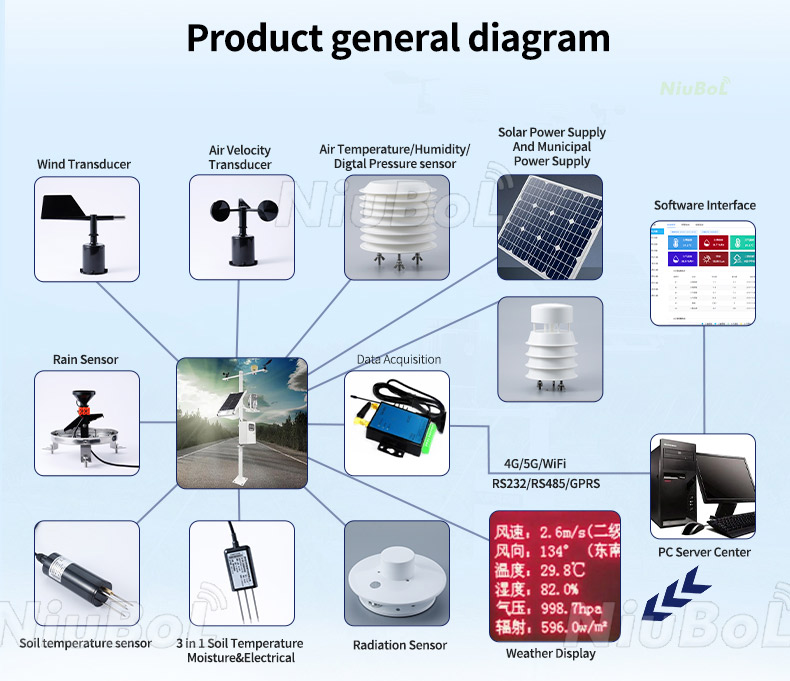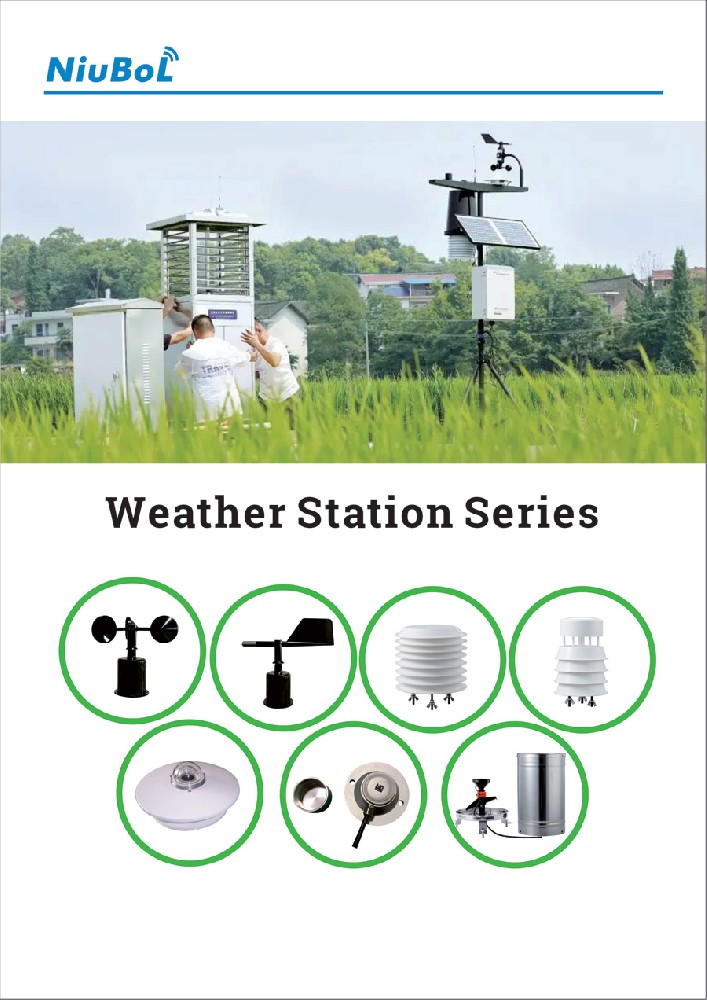

— Blogs —
—Products—
 Consumer hotline +8618073152920
Consumer hotline +8618073152920 WhatsApp:+8615367865107
Address:Room 102, District D, Houhu Industrial Park, Yuelu District, Changsha City, Hunan Province, China
Product knowledge
Time:2024-01-31 15:02:34 Popularity:1500
The process of data collector transferring the collected data to the transmission cloud platform usually involves the following steps:
Determine data collection requirements: before starting data collection, you need to define the purpose of collection, the type of data to be collected, the frequency of collection and other requirements.
Select data collector: Select the appropriate data collector according to the requirements, such as sensors, data collection cards, RFID readers, and so on.
Configure the data collector: connect the data collector with the equipment or system that needs to collect data and make necessary configurations, such as setting the collection parameters, selecting the data storage method, etc.
Collecting data: start collecting data according to the configured data collection plan.
Data transmission: Transmit the collected data to the cloud platform via data transmission protocols. Common transfer protocols include HTTP, FTP, MQTT, etc.
Data storage: On the cloud platform, the received data is stored in a cloud database or object storage service for subsequent processing and analysis.
Data Processing and Presentation: Process and analyze the data as needed, and present the results to users through visualization tools.
Data security: Ensure the security of data transmission and storage by adopting measures such as encryption and authentication to prevent data from being illegally accessed or tampered with.

There are many kinds of data transmission protocols, and the following are some common types:
1. TCP/IP protocol: divides data into multiple packets, transmits them over the Internet, and ensures that the packets are organized, complete, and reliable.
2. HTTP protocol: Hypertext Transfer Protocol, mainly used to transfer HTML pages and other Web resources between Web browsers and Web servers.
3. FTP Protocol: File Transfer Protocol, used to transfer files from one computer system to another.
4. SMTP protocol: Simple Mail Transfer Protocol, used for the transmission of e-mail.
5. WebSocket protocol: a full-duplex communication protocol based on the TCP protocol, which allows bidirectional data transfer over the same connection. In Web applications, it can be used to achieve instant communication and real-time data synchronization and other functions.
6. WebRTC protocol: Web real-time communication protocol, which can realize point-to-point audio and video communication and data transmission in web pages.
7. Telnet (Remote Login) protocol: provides remote login function, a computer user can login to another computer remotely, as in the remote host direct operation.
8. FTP (File Transfer Protocol): Remote file transfer protocol that allows users to copy files from a remote host to their own computer.
9. SMTP (Simple Mail transfer Protocol): Simple Mail Transfer Protocol, used to transfer e-mail.
10. UDP (User Datagram Protocol): User Datagram Protocol, which is located in the transport layer like TCP and is used in conjunction with the IP protocol to omit the packet header when transmitting data, but it does not provide retransmission of packets, so it is suitable for transmitting shorter files.
The above are common types of data transfer protocols, each of which has its own characteristics and applicable scenarios. In practical applications, the appropriate data transfer protocol should be selected according to specific needs.

It should be noted that different types of data collectors and cloud platforms may have different operation steps and configuration methods. In actual operation, it is recommended to refer to the operation manual or technical documentation of the specific device or platform to ensure accurate data transmission and effective utilization.
Related recommendations
Sensors & Weather Stations Catalog
Agriculture Sensors and Weather Stations Catalog-NiuBoL.pdf
Weather Stations Catalog-NiuBoL.pdf
Related products
 Combined air temperature and relative humidity sensor
Combined air temperature and relative humidity sensor Soil Moisture Temperature sensor for irrigation
Soil Moisture Temperature sensor for irrigation Soil pH sensor RS485 soil Testing instrument soil ph meter for agriculture
Soil pH sensor RS485 soil Testing instrument soil ph meter for agriculture Wind Speed sensor Output Modbus/RS485/Analog/0-5V/4-20mA
Wind Speed sensor Output Modbus/RS485/Analog/0-5V/4-20mA Tipping bucket rain gauge for weather monitoring auto rainfall sensor RS485/Outdoor/stainless steel
Tipping bucket rain gauge for weather monitoring auto rainfall sensor RS485/Outdoor/stainless steel Pyranometer Solar Radiation Sensor 4-20mA/RS485
Pyranometer Solar Radiation Sensor 4-20mA/RS485
Screenshot, WhatsApp to identify the QR code
WhatsApp number:+8615367865107
(Click on WhatsApp to copy and add friends)
